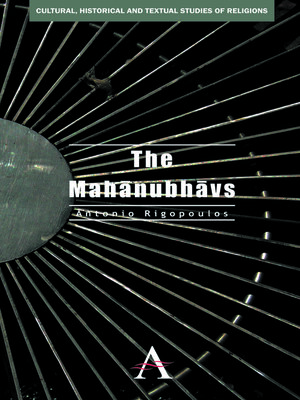The Mahanubhavs
ebook ∣ Cultural, Historical and Textual Studies of South Asian Religions
By Antonio Rigopoulos

Sign up to save your library
With an OverDrive account, you can save your favorite libraries for at-a-glance information about availability. Find out more about OverDrive accounts.
Find this title in Libby, the library reading app by OverDrive.



Search for a digital library with this title
Title found at these libraries:
| Library Name | Distance |
|---|---|
| Loading... |
The ascetic devotional sect known as the Mahanubhavs – 'Those of the Great Experience' – arose in thirteenth-century Maharashtra and initially experienced a fairly rapid expansion across the northern and eastern areas of the region. However, by the end of the fourteenth century the sect had moved underground, having withdrawn to remote areas and villages in order to achieve defensive isolation from the larger Hindu context. Although the prominent leaders of the early Mahanubhavs were Brahmans (often converts from the prevailing advaita vaisnavism), their followers were (and are) mostly non-Brahmans – those of the lower castes, and even untouchables. Thus the Mahanubhavs were met with prejudice and distrust outside of their own closed circles, and this isolation continued until the beginning of the twentieth century. This volume offers an overview of the origins and main religious and doctrinal characteristics of the Mahanubhavs movement, with a particular focus on the aspects that reveal their difference and nonconformity.
|The ascetic, devotional sect known as the Mahanubhavs – 'Those of the Great Experience' – arose in 13th century Maharashtra. The Mahanubhavs initially experienced a fairly rapid expansion, particularly across the northern and eastern regions of Maharashtra. However, by the end of the 14th century their movement went underground as they sought a defensive isolation from the larger Hindu context, and they withdrew to remote areas and villages. Although the prominent leaders of the early Mahanubhavs were Brahmans (often converts from the prevailing advaita vaisnavism), their followers were and are mostly non-Brahmans, i.e. low caste people and even untouchables. Thus the Mahanubhavs were met with prejudice and distrust outside their own closed circles, and this isolation continued until the beginning of the 20th century. This volume offers an overview of the origins and main religious and doctrinal characteristics of the Mahanubhavs, with a particular focus on the aspects that reveal their difference and nonconformity.







